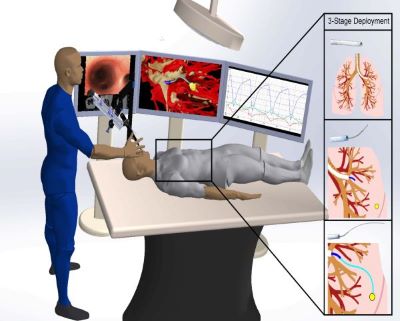Artificial Atoms Power a Novel Quantum Processor Architecture
Department of Energy, Office of ScienceThe next generation of programmable quantum devices will require processors built around superior qubits. Researchers developed a blueprint for a novel quantum information processor based on fluxonium qubits. These fluxonium qubits outperform transmons, the most widely used superconducting qubits. The researchers also made practical suggestions on how to adapt and build the cutting-edge hardware for superconducting devices.
























